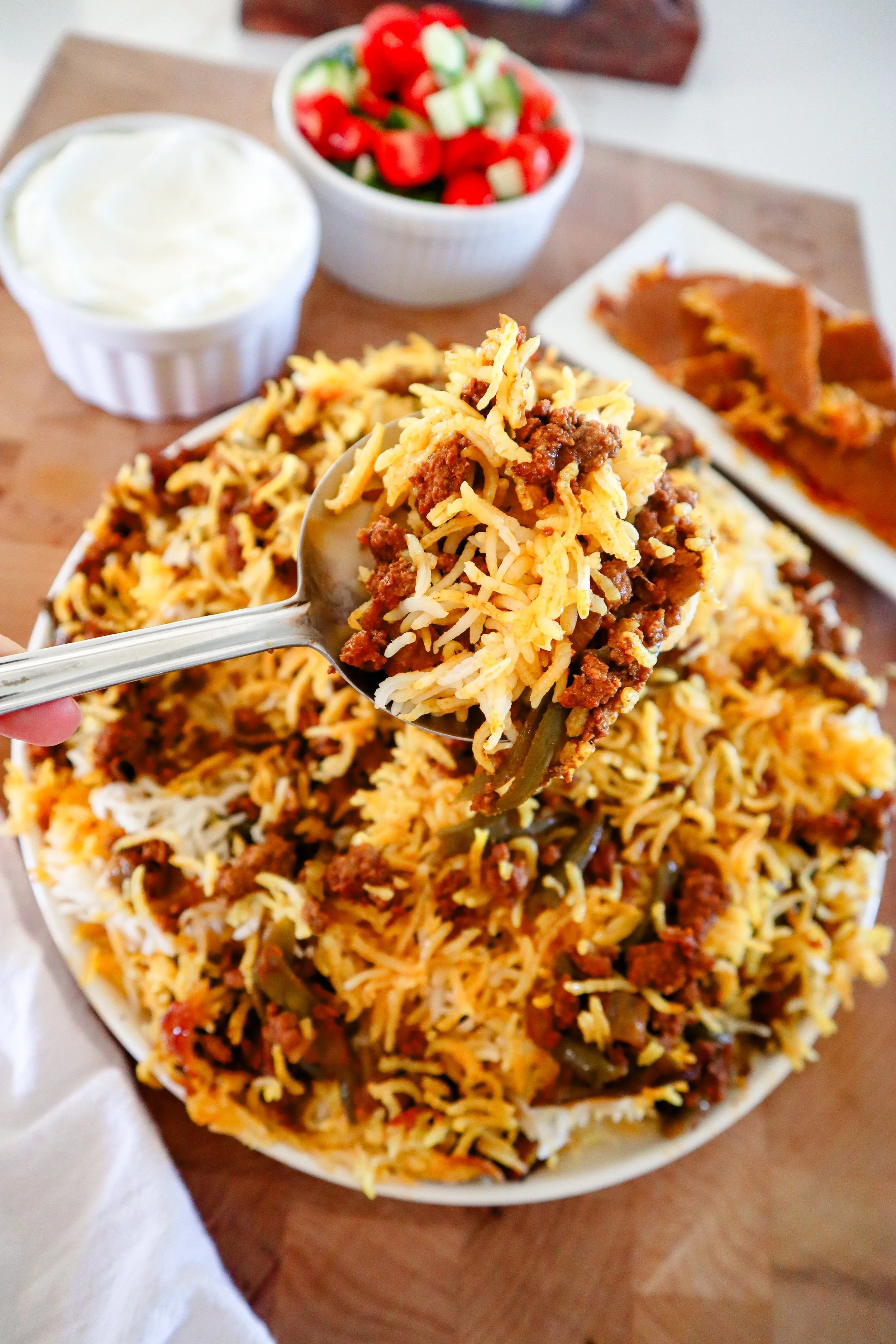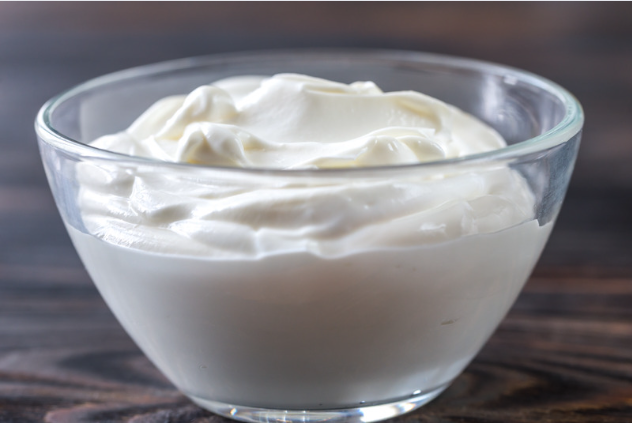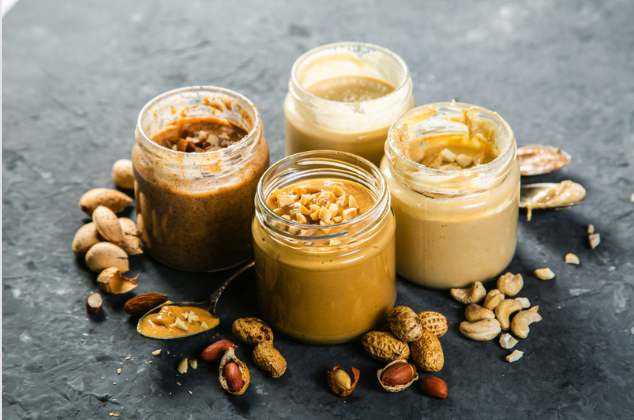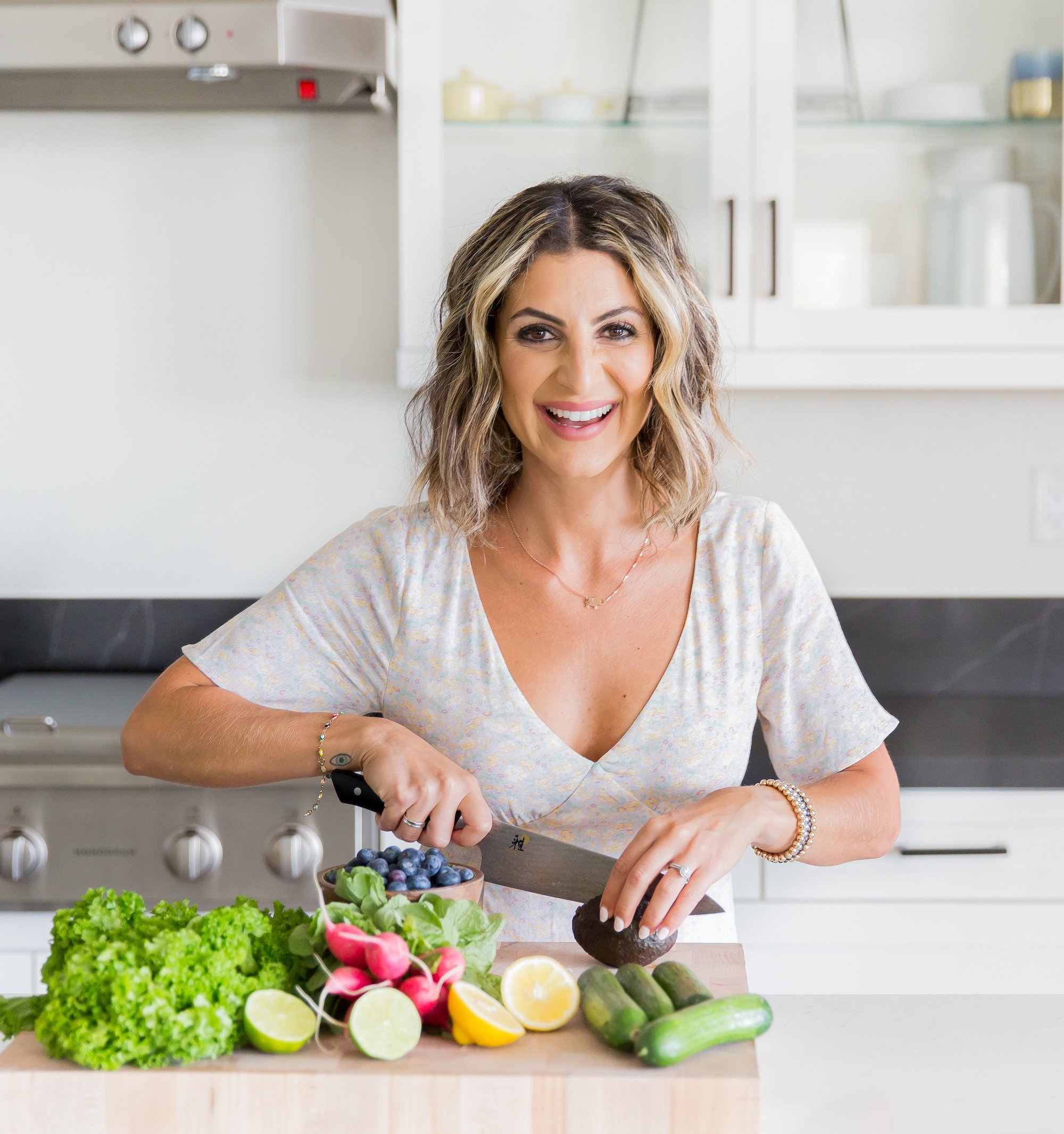Best Substitutes for Vegetable Oil in Baking
When I first started baking, I used to stick to the usual ingredients you'd find in any kitchen pantry. But as I learned more about health and tried out different oils, I realized there's a whole world of substitutes out there that can do even better than traditional baking oils.
Whether you're aiming for a healthier option, looking to experiment with different flavors, or simply out of vegetable oil, there are tons substitutes that can elevate your baking to a new level. In this blog post, I'll dive into the best replacements for vegetable oil in baking, how they hold up, and why they might be your new go-to next time you find yourself baking in the kitchen.
Why Substitute Vegetable Oil?
What’s the Problem with Vegetable Oil?
Vegetable oil, often made from soybean or a mix of seed oils, is a kitchen staple thanks to its neutral taste and high smoke point. However, it's highly processed and loaded with polyunsaturated fats that can become unstable when heated, potentially creating harmful free radicals linked to inflammation and chronic diseases.
Additionally, the extraction and refining process of vegetable oil can strip away nutrients and introduce unwanted chemicals. If you're prioritizing health, these factors make vegetable oil less appealing for use in recipes. The good news? There are healthier, tastier alternatives out there that not only boost the nutritional value of your dishes but also add unique flavors to your baked goods.
Some of my favorite swaps!
Extra-Virgin Olive Oil
Extra-virgin olive oil is a great substitute for vegetable oil in baking, especially in recipes where a richer flavor is desired. It’s packed with heart-healthy monounsaturated fats, specifically oleic acid, which can help reduce bad cholesterol levels according to the American Heart Association.
Pros: Rich flavor profile enhances certain recipes like chocolate cake or savory bread; high in heart-healthy monounsaturated fats; offers antioxidant benefits.
Cons: Lower smoke point limits use in high-heat baking or frying; may impart a distinct flavor that doesn’t complement all recipes.
When baking with extra-virgin olive oil, it’s best used in recipes where its robust flavor will complement other ingredients, such as in savory bread or chocolate cake. However, note that extra-virgin olive oil has a lower smoke point compared to vegetable oil, so it’s not suitable for high-heat cooking or deep frying.
Avocado Oil
Avocado oil is an excellent option for those seeking a nutrient-dense substitute. It’s rich in monounsaturated fats and vitamins, including vitamin E. Avocado oil has a high smoke point, making it suitable for baking at high temperatures. Its slightly buttery taste can enhance the flavor profile of baked goods like chocolate cake or sweet potato bread.
Pros: Butter-like flavor enhances the taste of baked goods; high smoke point suitable for high-heat baking; rich in monounsaturated fats and vitamin E.
Cons: More expensive than many other oils; flavor may not appeal to all tastes.
Coconut Oil
Coconut oil is another excellent substitute for vegetable oil in baking. It’s solid at room temperature due to its high saturated fat content, similar to butter. This property lends a unique texture to baked goods like cookies and cakes, making them chewy or tender.
Pros: Adds moisture and a unique texture to baked goods; solid at room temperature for easy incorporation into recipes; contains beneficial medium-chain triglycerides (MCTs).
Cons: Coconut flavor may not suit all recipes; high in saturated fats (though primarily medium-chain).
Coconut oil also has a relatively high smoke point, making it suitable for various types of cooking, including baking. It imparts a subtle, nutty flavor that works well in recipes such as banana bread or carrot cake. Additionally, coconut oil is rich in medium-chain triglycerides (MCTs), which are quickly metabolized by the body and can provide a rapid source of energy.
Canola Oil
Canola oil is another popular substitute for vegetable oil. It has a neutral flavor and a high smoke point, making it a versatile choice for various baking recipes. Canola oil is rich in monounsaturated fats and contains a significant amount of omega-3 fatty acids, which are beneficial for heart health.
Pros: Neutral flavor that doesn’t overpower other ingredients; high smoke point suitable for various baking methods; rich in heart-healthy monounsaturated fats and omega-3 fatty acids.
Cons: Some concerns about genetic modification in conventional varieties; processing methods can affect nutritional content.
Because of its mild flavor, canola oil is an excellent choice for recipes where you don’t want the oil to overpower other ingredients. It's also widely available and affordable, making it a convenient option.
Ghee
Ghee is clarified butter that has had the milk solids and water removed, leaving a rich and nutty-flavored fat. It has a high smoke point, making it suitable for baking and frying without burning easily.
Pros: Rich, nutty flavor enhances baked goods; high smoke point suitable for high-heat baking; lactose-free for those with dairy sensitivities.
Cons: Contains saturated fats; may not be suitable for those avoiding dairy completely.
Ghee can add a distinctive flavor to baked goods, particularly those where a buttery taste is desired, such as shortbread or pie crusts.
Butter
Butter is a classic ingredient in baking known for its rich flavor and ability to create tender textures in baked goods.
Pros: Rich buttery flavor enhances a wide range of baked goods; widely available and easy to use in recipes.
Cons: High in saturated fats; may not be suitable for those avoiding dairy or looking for healthier alternatives.
Butter is versatile and can be used in various types of baking, from cakes to cookies, where its flavor and texture are desired components of the final product.
Non-Oil Substitutes for Baking
Greek Yogurt
Greek yogurt is a fantastic non-oil substitute for vegetable oil in baking. It adds moisture and a slight tang to baked goods, making it a great choice for cakes, muffins, and quick breads. Greek yogurt is high in protein and can add a creamy texture to your baked goods. Use it as a one-to-one replacement for oil, adjusting the liquid ingredients as necessary to maintain the desired consistency.
Unsweetened Applesauce
Unsweetened applesauce is another excellent substitute for vegetable oil, particularly in recipes where you want to reduce the fat content. It adds moisture and a slight sweetness to baked goods, making it ideal for recipes like banana bread or carrot cake. Use a cup of applesauce for a cup of oil, though you may need to adjust the sugar content of your recipe to balance the sweetness.
Nut Butters
Nut butters, such as almond or cashew butter, can add richness and flavor to your baked goods while also providing healthy fats and protein. They are a great substitute for vegetable oil in recipes where a nutty flavor would be a good complement, such as in cookies or brownies. Use nut butter in a one-to-one ratio, keeping in mind that it may alter the texture of your baked goods.
Fruit Purées
Fruit purées, like mashed bananas or pureed sweet potatoes, can also serve as a healthy and flavorful substitute for vegetable oil. They add moisture and natural sweetness to your recipes and can help reduce the amount of added sugars needed. Fruit purées are ideal for dense baked goods like muffins and breads, where their flavors can shine.
Making the Switch
How to Choose the Best Substitute?
Choosing the best substitute for vegetable oil depends on several factors, including the type of recipe, the flavor profile you want, and any health considerations. Here are some tips to help you make the best choice:
Consider the Flavor: For recipes where you want a neutral flavor, opt for oils like grapeseed or canola oil. If you want to add a subtle flavor, try using coconut oil or olive oil.
Think About the Texture: Some substitutes, like Greek yogurt or fruit purées, can change the texture of your baked goods. Make sure to account for these changes when substituting.
Health Benefits: Choose substitutes that align with your health goals. For example, if you’re looking to reduce cholesterol levels, opt for oils high in monounsaturated fats like extra-virgin olive oil.
What Are the Ratios for Substituting Oils?
When substituting oils, it’s usually safe to use a one-to-one ratio. However, for non-oil substitutes like Greek yogurt or applesauce, you might need to adjust the amount of liquid in the recipe to achieve the desired consistency. Here’s a quick guide:
Coconut Oil: Use 1 cup of coconut oil for 1 cup of vegetable oil.
Extra-Virgin Olive Oil: Use 1 cup of extra-virgin olive oil for 1 cup of vegetable oil.
Canola Oil: Use 1 cup of canola oil for 1 cup of vegetable oil.
Greek Yogurt: Use 1 cup of Greek yogurt for 1 cup of vegetable oil, adjusting liquids as necessary.
Unsweetened Applesauce: Use 1 cup of applesauce for 1 cup of vegetable oil, reducing the sugar in the recipe.
Fruit Purées: Use a cup of fruit purée for a cup of oil, adjusting for flavor and sweetness.
What About High-Heat Baking?
For recipes that require baking at high temperatures, it's crucial to choose substitutes with high smoke points to prevent the oil from burning and imparting a bitter taste to your baked goods. Oils like coconut oil, canola oil, and grapeseed oil are suitable for high-heat baking due to their stable nature under high temperatures.
Experimenting with Different Substitutes
One of the joys of baking is experimenting with different ingredients to achieve the perfect texture and flavor. Here are some creative ways to experiment with substitutes for vegetable oil:
Mixing Oils: Blend different oils together to create a unique flavor profile. For example, combining coconut oil with olive oil can give your baked goods a hint of both richness and fruitiness.
Adding Nut Butters: Incorporate nut butters like almond or cashew butter to add flavor and texture to your baked goods. Experiment with different amounts to find the right balance.
Using Fruit Purées: Beyond applesauce, consider using other fruit purées like mango or pumpkin to add moisture and natural sweetness to your recipes. These can impart a subtle fruity flavor that complements certain baked goods.
Exploring Infused Oils: Infused oils, such as garlic-infused olive oil or chili-infused grapeseed oil, can add a new dimension to your baking. Be mindful of their intensity and adjust quantities accordingly.
Tips for Success
When substituting vegetable oil in your baking recipes, here are some additional tips to ensure your baked goods turn out perfectly:
Measure Accurately: Use measuring cups and spoons to ensure you’re substituting the correct amount of oil or alternative ingredient.
Consider Texture Changes: Different substitutes can alter the texture of your baked goods. For example, using applesauce may make your final product denser, while oils like coconut oil can make it moister.
Adjust Other Ingredients: Depending on the substitute used, you may need to adjust other ingredients like sugar or liquids to achieve the desired texture and taste.
Temperature Control: Pay attention to baking temperatures and adjust accordingly if using substitutes with lower or higher smoke points.
Storage: Some substitutes, like coconut oil, may solidify at cooler temperatures. Store your baked goods accordingly to maintain freshness and texture.
Choosing the best substitute for vegetable oil in baking involves considering factors such as flavor, health benefits, and cooking temperature. Whether you opt for heart-healthy extra-virgin olive oil, versatile coconut oil, or innovative alternatives like Greek yogurt or fruit purées, each substitute offers its own unique benefits and can enhance your baking in different ways.
Experiment with different substitutes to find your favorites and tailor them to your specific recipes and dietary preferences. By making informed choices, you can enjoy delicious baked goods that are not only tasty but also healthier and more suited to your needs.
Happy baking!








































